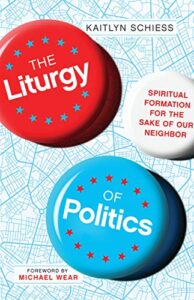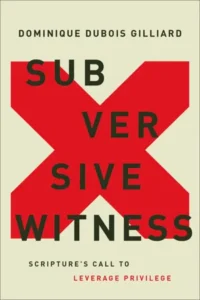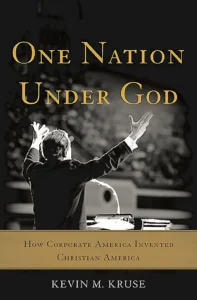 Summary: Exploration of modern Evangelical history and culture through the discussion of five novels.
Summary: Exploration of modern Evangelical history and culture through the discussion of five novels.
I am a Christian fiction skeptic. It is not that I don’t think there are good Christian fiction novels, but experience suggests that those Christian novels that are good, are likely not being published, or not being published by Christian publishers. But I know I have a bias. When I first heard of the concept of Reading Evangelicals, I was hopeful for a guide that might help me be less cynical about an area of the Christian world that I had almost entirely stopped reading ten years or so ago.
Daniel Sillman is very ambitious with Reading Evangelicals. He uses these five books, Love Comes Softly, This Present Darkness, Left Behind, The Shunning, and The Shack, to provide not just an exploration of the novels but of Evangelicalism. The meaning of Evangelicalism is hotly debated. There have been dozens of books debating the meaning and value of the term over the past ten years. Broadly, there are three main ways that Evangelical is defined. One way is a theological definition like the National Association of Evangelicals version or Bebbington’s Quadrangle. The main objection to these is that this is not how many people use the term. The second way that Evangelical is used is as a political identity that roughly means conservative, White republican who cares about abortion, gay marriage, and who was likely to have voted for Trump twice. The objection to this usage is that there is a significant subgroup that does not fall into this category, either because roughly 1/3 of theological Evangelicals in the US are non-White, or that even those that are White, approximately 20-25% do not identify through political means or regularly vote democrat. In addition, this is a very US-centric definition, and many self-identified Evangelicals (using the political definition) rarely, if ever, attend church. The third primary definition of Evangelical is as a consumer definition. This is primarily the definition that Kristen Du Mez uses in Jesus and John Wayne. Even though it isn’t the primary definition here, a significant thread of Reading Evangelicals is about the rise and fall of the Christian books store and publishing industry, contributing to the consumeristic definition of Evangelical.
Love Comes Softly was the first novel that could be called a Christian Romance novel. It was published in 1979 at the start of the growth of local Christian books stores. It was one of the first novels written directly for an Evangelical audience and published by Evangelical presses. I read Love Comes Softly early. Probably as a pre-teen or early teen. As one of the quotes from the book said, I read it because my mom owned them all, and the church library stocked them. There were not a lot of Christian novels that I had access to in the mid-1980s. While Stillman does read the novels closely and discuss themes and the books themselves, the context is to the novels is what I find most helpful. Janet Oke was responding to a turn toward not just explicit sex but sexualized violence in the secular romance novel market in the late 1970s. A common trope at the time was that the protagonist would be kidnapped and/or raped, often more than once, and then she would eventually fall in love with her rapist. Before Love Comes Softly, Christian publishers almost entirely published non-fiction, often academic-leaning books targeted toward pastors and bibles. The rise of local Christian books stores needed products to sell, and novels filled a niche. In addition, the rise of the local Christian book store was necessarily ecumenical in orientation. Many Christian publishers were denominationally rooted, and they needed ways to sell outside of their narrow constituencies without alienating them. Love Comes Softly was a successful proof of concept that Christians would buy novels and that fiction could sell.








